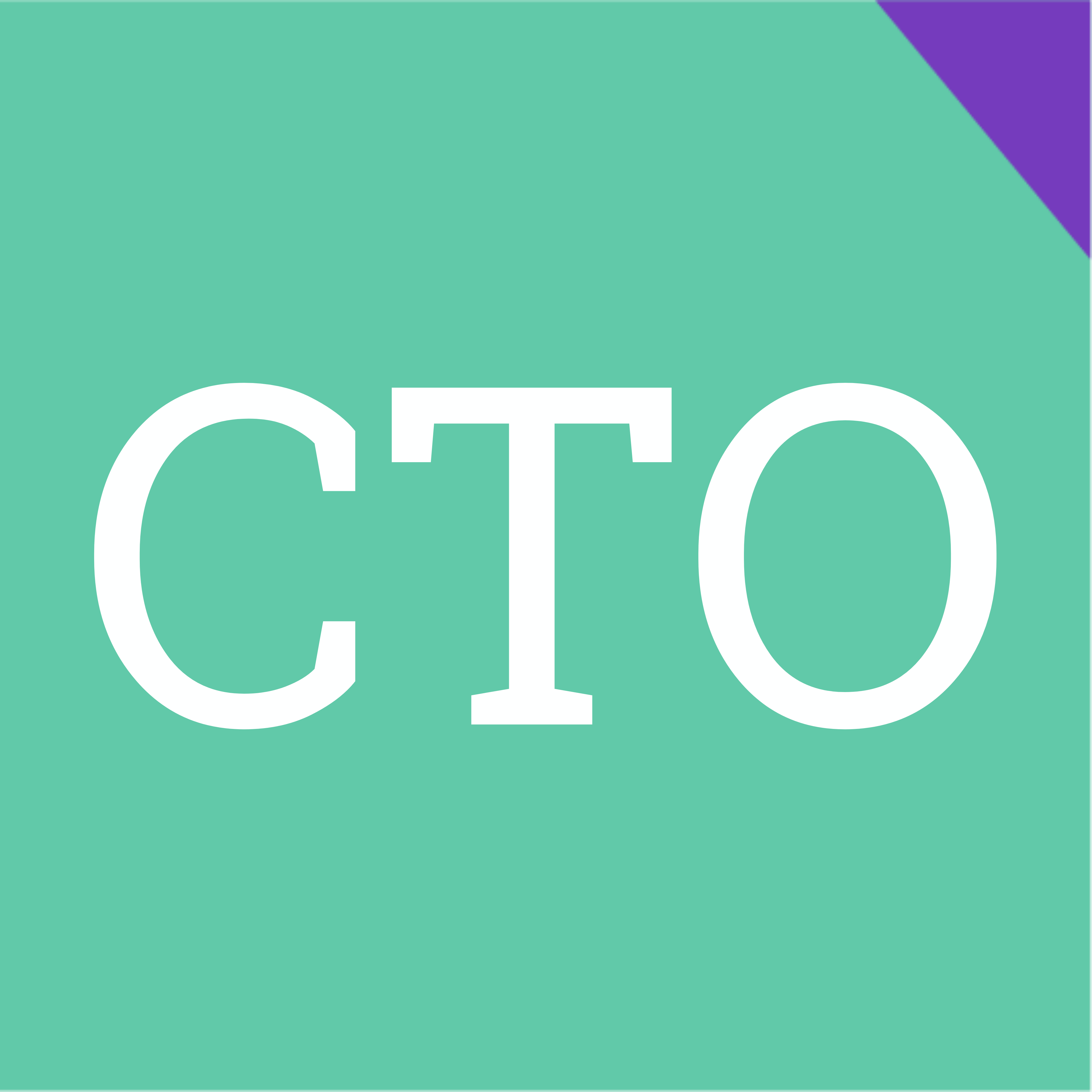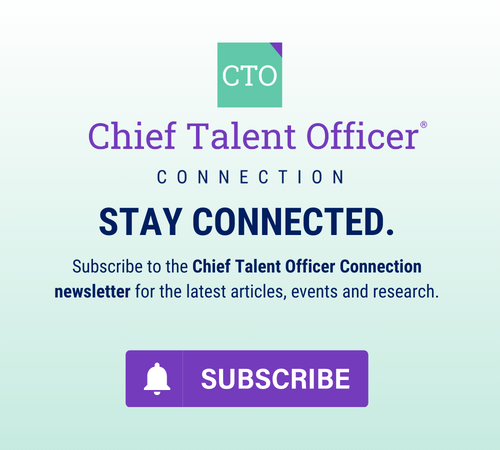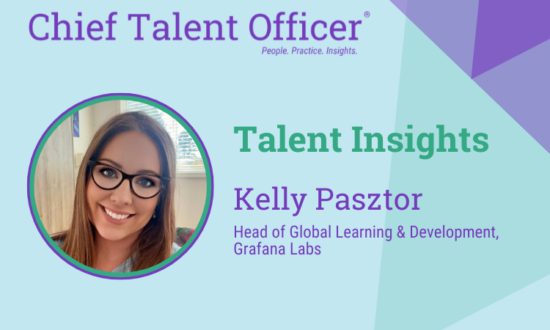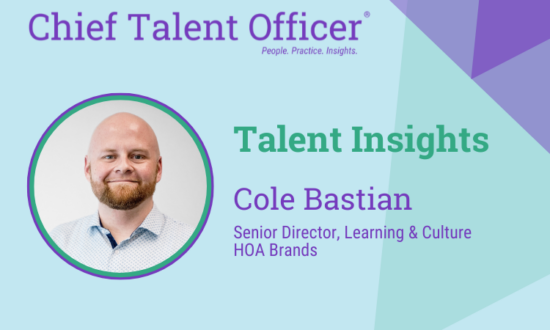Today, retaining and developing top talent is an imperative. Building strong leadership from within by nurturing high-potentials is essential – not only to sustain business growth but also to maintain productivity and high performance.
Many organizations are investing in high-potential programs. However, challenges seem to start at the beginning of the process when selecting high-potential candidates. The Korn Ferry Institute’s 2020 Leadership Potential survey found only 14 percent of organizations with high-potential programs are confident they have selected the right people.
Many organizations follow a top-down approach to their high-potential selection process with two common methods: nomination by line managers and examinations of past performance. Nomination, although easy to implement, is a method ripe with subjectivity and bias. Even when favoritism is not at play, nominations are often done in lieu of a proper reward system, a requested promotion or for lack of other options for development. This leads to nominees joining high-potential programs they never wanted to be part of.
Past performance, although a good indicator of future performance in similar roles, is not a reliably good indicator for potential, as it is backward-looking. As seen with nominations, past performance does not indicate whether the individual has aspirations or “drive” for career growth.
A bottom-up approach could leverage that “drive” aspect with individuals self-nominating for high-potential programs. The process could look similar to a job application. The data collected could then be triangulated with data from managers and past performance records. A blend of the two approaches can offer a wealth of benefits:
- It allows individuals to wilfully become part of a high-potential program and increases their awareness of the purpose of such programs. Investing time and energy to apply for a program makes it more likely that they will see it through if selected.
- It provides a platform for employee voice and allows employees to have a say in their career development and progression. This can be particularly useful in situations where there is a disagreement of character between managers and employees, something that is often a hinderance to employees’ development and progression. Ideally, all managers should be invested in the development of their employees, but we all know this is not always the case.
- It encourages a culture of initiative, accountability and ownership in terms of development and career growth by empowering employees to take control.
- It encourages surface diversity in the high-potential pool. It opens the selection process to candidates from groups who are often marginalized due to their protected characteristics, such as race, gender identity, sexual orientation, age or disability.
- Finally, it encourages deep diversity in the high-potential pool. It allows access to individuals who may be divergent to an organization’s typical management attitudes, values and beliefs, bypassing the bias that often creeps in at initial selection processes.
Of course, there is a risk that some nominees may overestimate their potential and there is no doubt that adding a self-nomination step to the selection process increases the time investment to the whole talent management program.
However, there are too many important benefits to ignore. A blended approach democratizes the high-potential selection process, making it more equitable and fair. This can help build trust within the organization and increase motivation and loyalty. It also allows for a greater D&I integration into talent management. It’s the ethical thing to do in a global talent market that increasingly values ethical businesses.
















